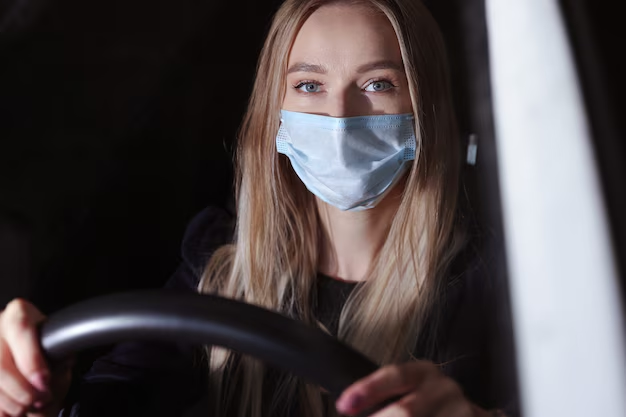Getting Back in the Driver’s Seat After Cataract Surgery: What You Need to Know
Cataract surgery can be a game-changer, transforming blurred vision into a clear perspective on life. While most patients eagerly await the return to their usual routine post-surgery, a common question remains: "When can I safely get back behind the wheel?" Navigating the timelines of recovery is crucial, both for your safety and those around you. Let's explore this topic from multiple angles to provide you with the comprehensive guidance you need to make an informed decision.
The Timeline for Driving After Cataract Surgery
Immediately after cataract surgery, driving is out of the question. The procedure involves dilating the eyes, and post-operative effects can include blurred vision, sensitivity to light, and a general sense of visual imbalance. Most healthcare professionals advise against driving for at least 24 hours post-surgery. However, the final decision depends on individual recovery, which can vary from one person to another.
Factors Affecting Recovery
Several factors can influence the recovery period and your ability to drive, including:
- Age and Overall Health: Generally, younger individuals or those in good health may recover more swiftly.
- Complications during Surgery: Any complications might extend recovery time.
- Follow-up Evaluations: Post-operative check-ups help track progress and determine when you can drive safely.
Listening to Your Body and Doctor
The primary rule here is to heed the advice of your healthcare provider. Typically, patients can resume driving within a few days to a week after surgery once their vision stabilizes. During follow-up visits, your doctor will evaluate your visual acuity and field vision to ensure it meets the necessary safety standards for driving.
Understanding the Effects of Cataract Surgery on Vision
Immediate Post-Surgery Effects
Post-surgery, it's common to experience:
- Blurred Vision: Your eyes need time to adjust and heal.
- Light Sensitivity: Sunglasses can help mitigate discomfort in bright environments.
- Watery Eyes: An expected response following the procedure.
These symptoms tend to decrease significantly within a few days, allowing for a more normal visual experience.
Vision Improvements Over Time
The ultimate goal of cataract surgery is an improvement in vision. Most patients report significant visual clarity within a week, but complete healing can take up to a month. It's important to be patient and allow your body the necessary time to adapt to the changes.
Safety First: Guidelines for Resuming Driving
Vision Standard Tests
Before hitting the road, ensure that your vision meets the safety standards required in your area. This typically includes passing the standard visual acuity test with or without corrective lenses.
Preparing for Your First Drive
Here's a checklist to help you prepare for your first drive post-surgery:
- Ensure Optimal Visual Clarity: Drive only when your vision feels clear, stable, and reliable.
- Avoid Driving at Night: Initially, stick to daytime driving to avoid glare and light sensitivity issues.
- Stay Local: Start with short, familiar routes to rebuild confidence.
- Use Sunglasses: Protect your eyes from bright light while gradually adjusting to outdoor lighting conditions.
Related Topics: What Else Should You Consider?
Updated Eyewear
If you wore prescription glasses before your cataract surgery, you might need an updated prescription post-surgery. Consult with your optometrist about whether a new prescription is necessary.
Insurance and Legal Considerations
In some regions, informing your insurance provider about your cataract surgery is necessary. Check your local regulations to ensure compliance with any requirements related to eye surgeries and driving.
Watching for Warning Signs
Even after being cleared to drive, remain vigilant about any changes or discomfort in your vision. If your eyesight worsens or you experience unusual symptoms, contact your healthcare provider immediately.
📝 Quick Reference Summary
- Start Driving: Generally safe to resume within a few days to a week post-surgery, depending on individual recovery.
- Patient Feedback: Wait until you feel confident and clarity in vision is restored.
- Doctor Consultation: Always verify with your doctor during follow-up assessments.
- Daytime Driving: Begin with short, local routes in daylight.
- Symptoms to Monitor: Watch for any discomfort or changes, and prioritize follow-up care.
Resuming driving after cataract surgery is a significant milestone on your road to recovery. The keys to getting back in the driver’s seat safely lie in understanding your individual recovery process and consulting closely with your healthcare provider. By doing so, you can ensure not just a smooth transition to everyday activities, but a safer driving experience moving forward.
